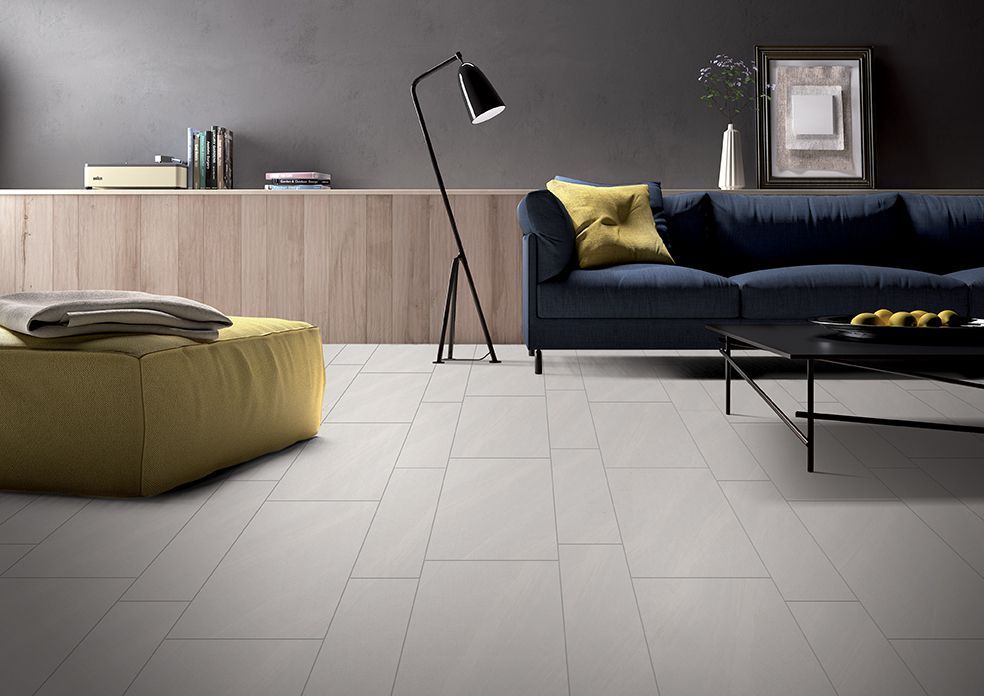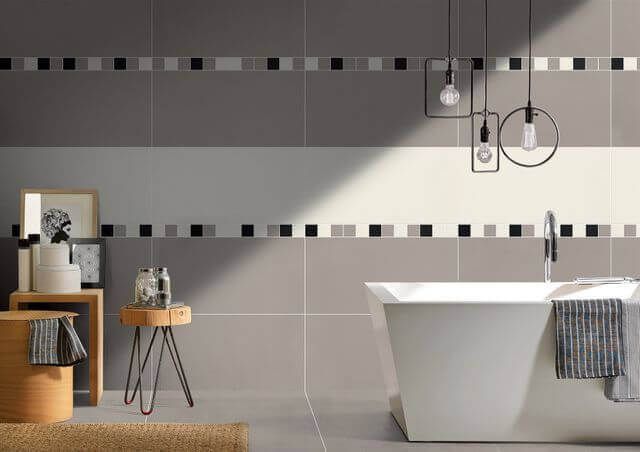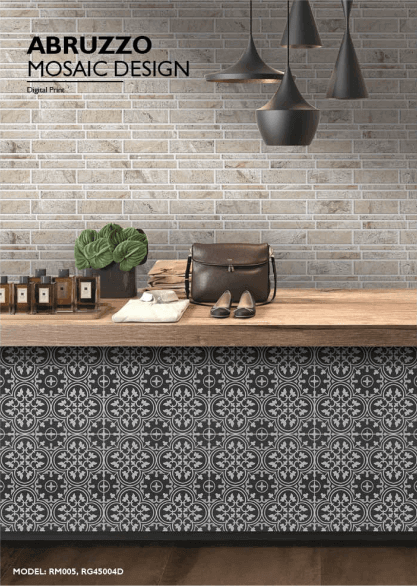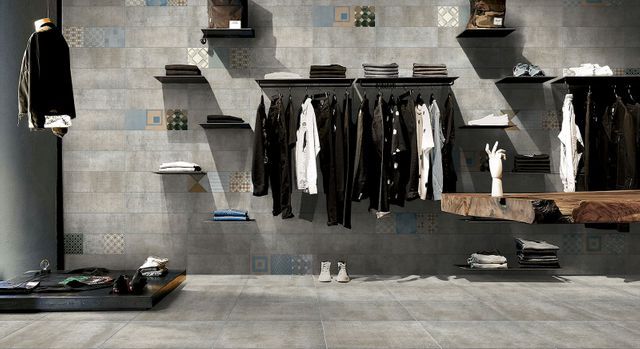The World of
Rectified Tiles: Insights by
Sinotile
In the world of premium-grade quality tiles, one term that often surfaces is
Rectified Tiles. At
Sinotile, our commitment to providing exceptional products prompts us to shed light on this specialised tile type. Let's delve into some key aspects, addressing common questions and concerns surrounding
rectified tiles.

What are the Disadvantages of Rectified Tiles?
While
rectified tiles offer a sleek and modern
aesthetic, it's essential to be aware of potential disadvantages. One notable drawback is that the edges of
rectified tiles are more susceptible to chipping during handling and installation. The sharp edges, a characteristic of rectified tiles, can be vulnerable in high-traffic areas or environments with heavy impacts.
Are Rectified Tiles Harder to Install?
Installing
rectified tiles requires a higher level of precision compared to traditional tiles. The edges are precisely cut to achieve a uniform size, leaving minimal room for error during installation. Therefore, hiring an experienced and skilled tile installer is crucial when working with rectified tiles to ensure a flawless finish.



What Makes a Tile Rectified?
The term rectified refers to the meticulous manufacturing process that involves precision cutting and grinding. Unlike standard tiles, which may have size variations,
rectified tiles undergo additional processing to achieve exact dimensions. This process results in clean, straight edges, providing a seamless and
sophisticated look when the tiles are installed.
Does Rectified Tile Need Grout?
Grouting is an integral part of any tile installation, and
rectified tiles are no exception. While the precise edges of rectified tiles allow for minimal grout lines, grouting is necessary to fill the gaps and provide structural support. Choosing a grout color that closely matches the tile helps maintain the seamless appearance associated with rectified tiles.


